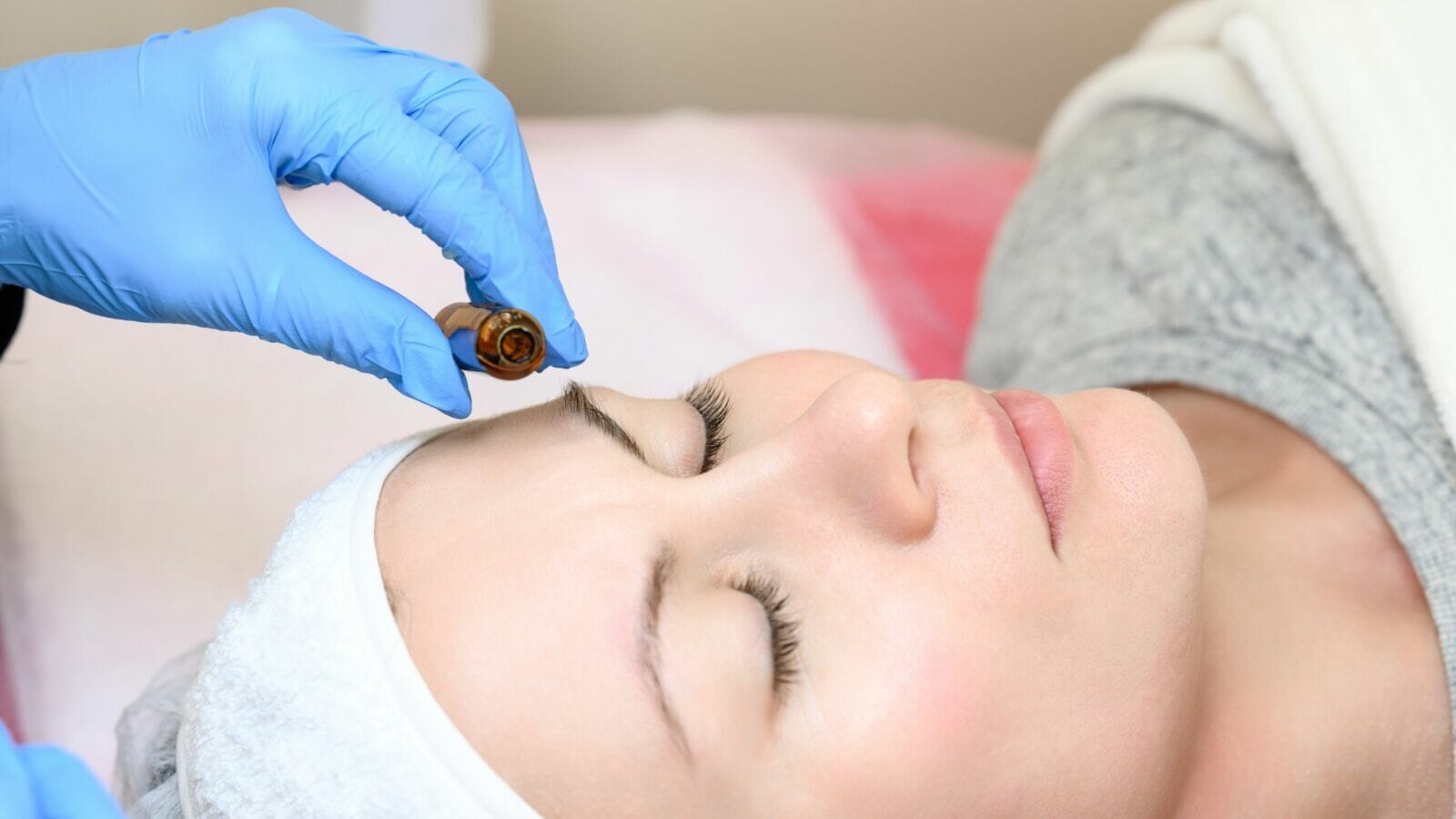Retinol creams benefit almost everyone, but if you have persistent hormonal acne, aging skin or dark spots, retinol might be the missing ingredient in your routine. Using retinol can unclog pores, reduce inflammation, increase collagen production, along with other benefits that work deep beneath the outer layer of your skin. If you are looking to improve your complexion, check out these five tips on how to properly use retinol to your benefit.
DEEPER DIVE: Here’s how to treat or prevent stretch marks
1. Set realistic expectations.
First-time users of retinol should be aware of the common, mildly negative side effects. Retinol works wonders for long-term skin health, but people may first experience redness, dryness, and irritation associated with this type of product. Eventually, your skin will adjust to it after consistent usage.
2. When and how often to apply.
If you are a beginner to retinol, start applying the product slowly to minimize the amount of dryness and irritation you experience. First-time users can start trying the product once every three to four nights, and then gradually increase the amount per week as their tolerance grows. In the first month of using retinol, apply the product to your skin every other night so you can get used to it, and if this frequency is comfortable, switch to every night.
3. Size matters.
When applying retinol cream, less is more. People often get excited and douse their skin in this age-reversing cream but fail to consider how this could lead to irritation. You can’t speed up the results of retinol by applying more, so stick to small amounts over time. A good amount of retinol to apply would be a green pea-sized pump that covers your skin with a thin layer of product.
4. Where to apply and knowing your hot spots.
Retinol should be applied to your entire face, but there are some areas that are more prone to irritation that you should be aware of. Always try to avoid applying the product to the corners of the eyes, mouth, and nose as these are highly irritable areas. You should avoid using retinol if you are planning to spend a lot of time in direct sunlight because UV rays can worsen this side effect and be more damaging than beneficial.
5. Practice strength training.
If you have been a frequent user of retinol and have not experienced any side effects or your side effects have gone away, you should consider increasing your tolerance of retinol to a prescription-strength tretinoin or tazarotene. Making this switch could help you along your skincare journey with noticeable improvements to wrinkles and overall texture if used correctly.
Retinol can help control your skin in many ways, but because it can vary in tolerability and effectiveness, it is important to consider all the side effects before adding it to your routine.
Author: Dr. Karan Lal specializes in adult and pediatric dermatology and serves as the Director of Pediatric Dermatology and Cosmetic Surgery at Affiliated Dermatology.




